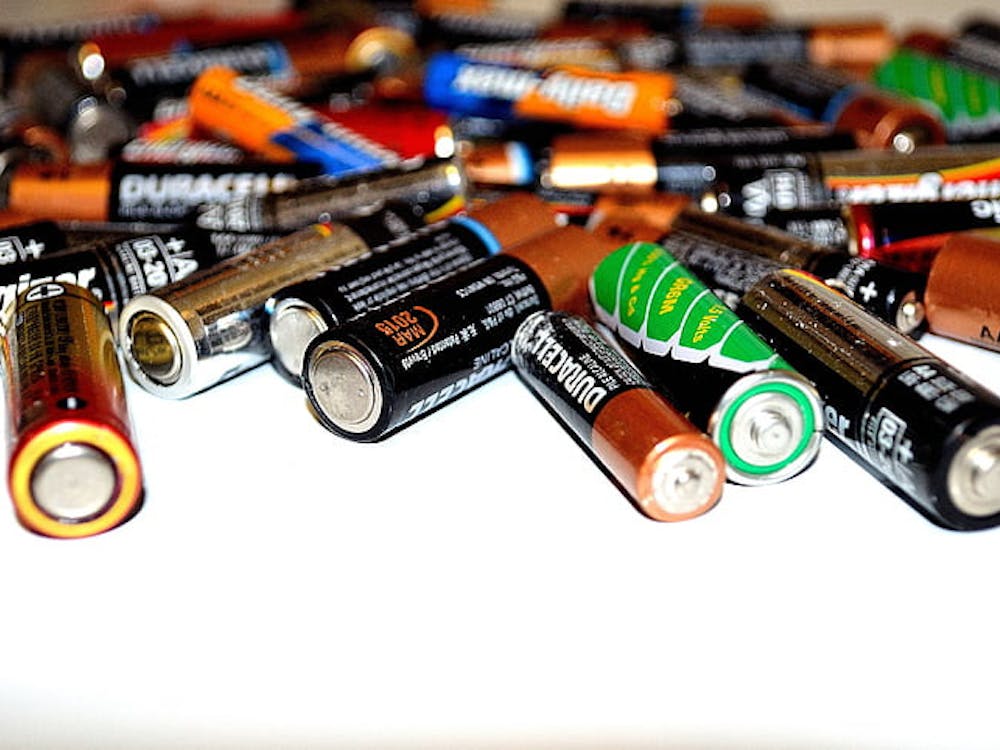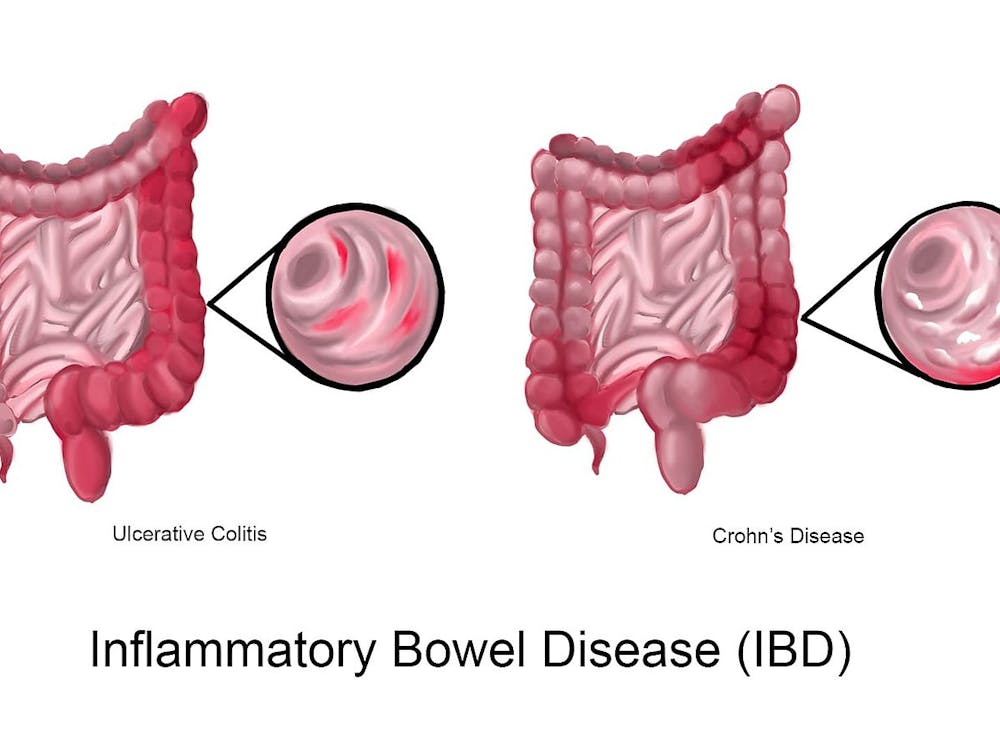In 1964 the United States Surgeon General published the first federal government report outlining an indisputable link between smoking and cancer, heart disease and other health problems. Since then, individuals and public health groups have proposed countless methods to help people who are addicted to smoking “kick the habit.” The American Cancer Society (ACS) encourages smokers to participate in the “Great American Smokeout” each year, which proposes that smokers refrain from smoking for 24 hours. The ACS emphasizes that when smokers are engaged in such a behavior, five percent of them go on to quit smoking permanently. Such behavioral therapies began in the 1970s, but they were met with limited success. In the 1990s, pharmacotherapy made its appearance and included nicotine patches and gum. Some individuals chewing nicotine gum stopped smoking, but they became addicted to the healthier but more expensive option of the gum. Electronic cigarettes (e-cigarettes or e-cigs) were introduced to the world about ten years ago, and since then, their use has been fraught with everything from confusion to praise to condemnation. Many smokers want to stop smoking tobacco, and with the onslaught of advertising from e-cigarette manufacturers they may believe that they have found the perfect solution. Many teenagers, some of whom have never smoked, have also taken to using e-cigarettes. Some e-cigarettes are designed to look like conventional tobacco cigarettes and can be purchased in flavors that are appealing to teenagers.
E-cigarettes are combination drug-device products designed to deliver nicotine or other substances to a user in the form of a vapor, according to the U.S. Food and Drug Association (FDA). They do not consider an e-cigarette to be a tobacco product. An e-cigarette is composed of a rechargeable battery-operated device with a heating element and an atomizer that produces vapor from the contents of cartridges that contain a variety of chemicals such as nicotine and flavorings. Users inhale the vapors produced, similar to the manner by which tobacco smoke is inhaled. Many cartridges contain nicotine and can cause addiction, just as tobacco cigarettes do.
Recently, scientists at the Bloomberg School of Public Health have completed a study in mice that has shown that e-cigarettes interfere with the immune system in the lungs and produce several of the same dangerous chemicals found in tobacco cigarettes. Shyam Biswal, the senior author, said that their findings suggest that e-cigarettes will still affect your lungs, since they made mice more susceptible to respiratory infections. The findings were published in the Feb. 4 issue of PLOS ONE.
Currently, no scientific evidence exists about the safety of e-cigarettes. The FDA has begun to conduct tests, and so far, their results have determined that detectible levels of carcinogens and other toxic chemicals exist in two brands of e-cigarettes. Also, some distributors of e-cigarettes are marketing their use as a method for smoking cessation, despite the fact that they have not been shown to be effective tobacco cessation tools and are not FDA-approved for that reason.
The FDA announced in 2014 that it was starting a process that would regulate e-cigarettes. The National Institute on Drug Abuse recently released two troubling findings: E-cigarette sales are predicted to take over conventional tobacco cigarette sales in the next decade, and teen use of e-cigarettes outpaces conventional tobacco cigarette use. A report recently published by the U.S. Centers for Disease Control and Prevention (CDC) states that more than a quarter million teenagers who reported never having smoked a conventional tobacco cigarette admitted to using e-cigarettes. In the state of New York, a bill to ban the sale of e-cigarettes sponsored by the Assembly Health Committee is up for vote soon.
As the use of e-cigarettes significantly increases, the trend draws more attention from the scientific community.




